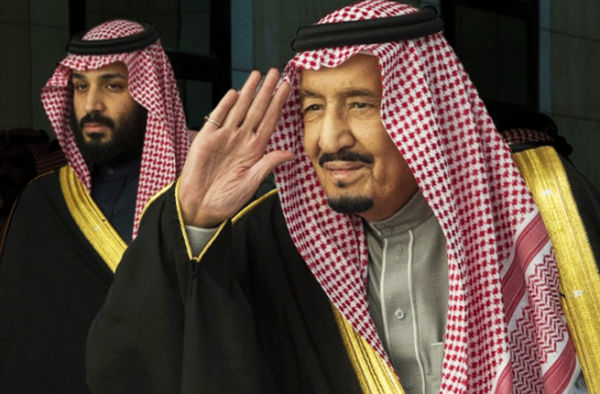
Ahmed Mostafa
The Hijra of the Prophet Mohamed was a defining moment in history, and it has the potential to have an even greater impact on the world today. The Prophet Mohamed and his followers emigrated from Mecca to Medina in 622 AD, fleeing persecution and creating the first Muslim community. This event laid the foundation for Islamic values and principles, and an emphasis on justice, unity, and brotherhood amongst all believers. Through this Hijra, the Prophet Mohamed demonstrated how migrants and displaced people can create positive changes in communities, even in the face of immense challenges.
Today, the world is facing unprecedented levels of forced migration, and the Hijra of the Prophet Mohamed is more relevant than ever. His example provides a beacon of hope for those who may feel alienated, disenfranchised, or abandoned in their journey. By following his example, migrants and refugees can embrace their unique perspectives and contribute to their host communities in a meaningful way. The Hijra is also a reminder of the importance of welcoming and accommodating newcomers and creating inclusive societies that respect and celebrate diversity. In this way, the Hijra of Prophet Mohamed can be a powerful tool for changing the world today.




